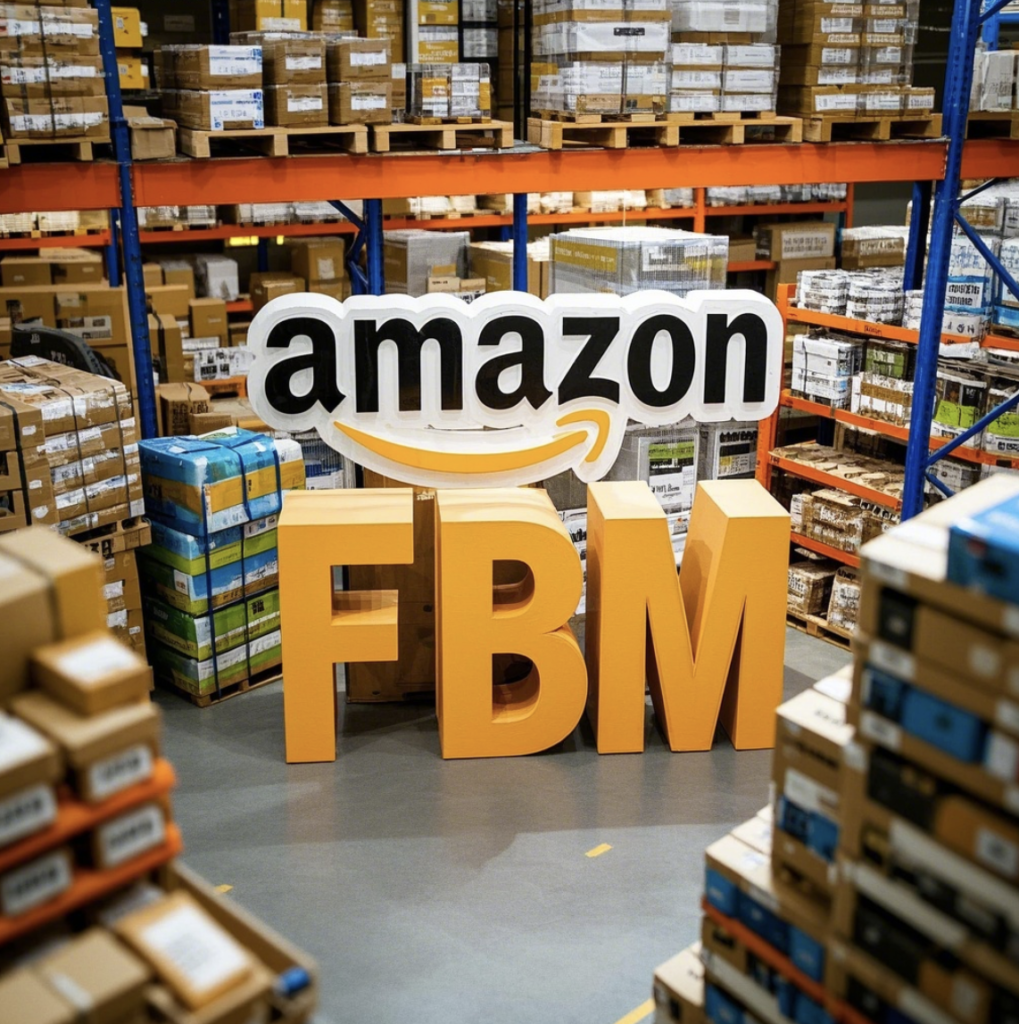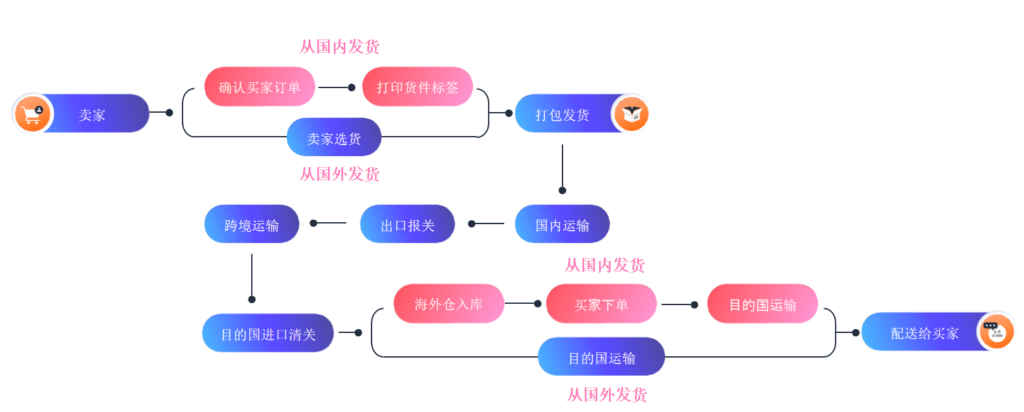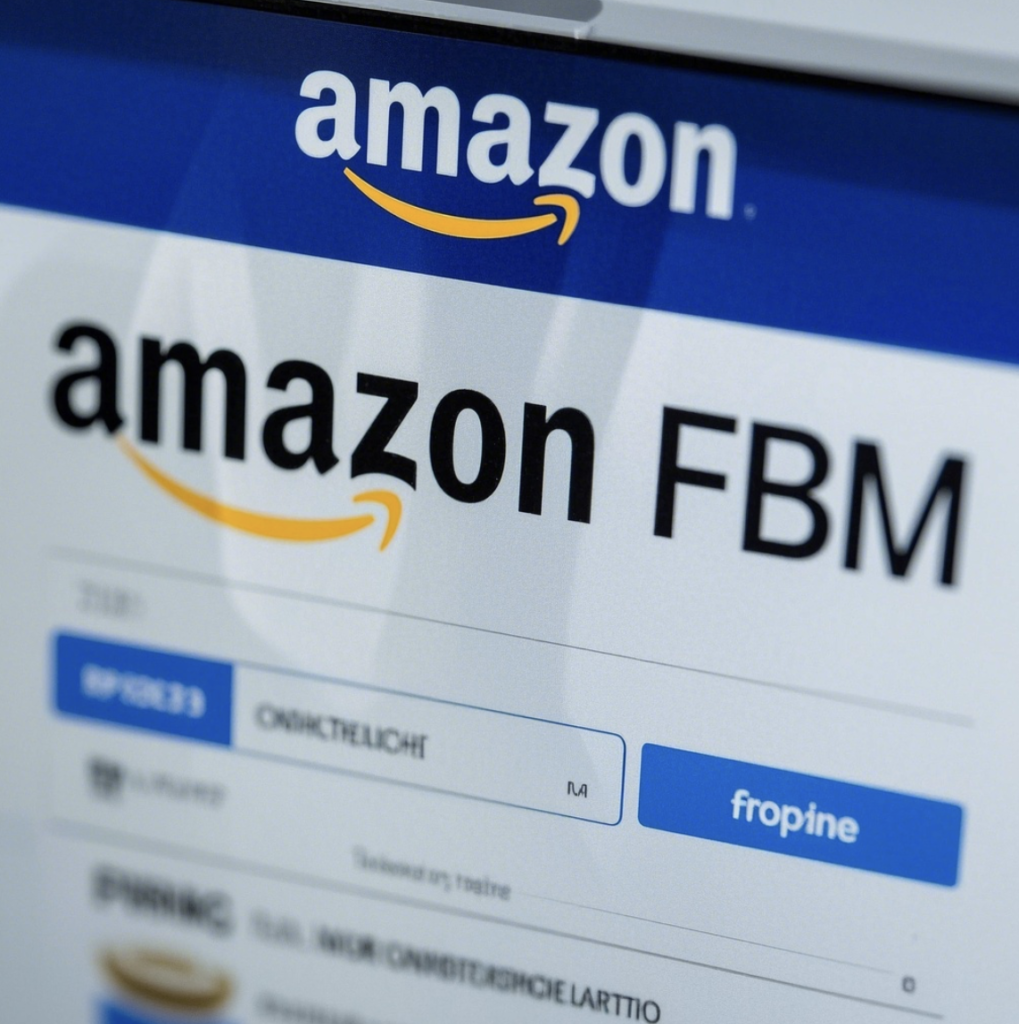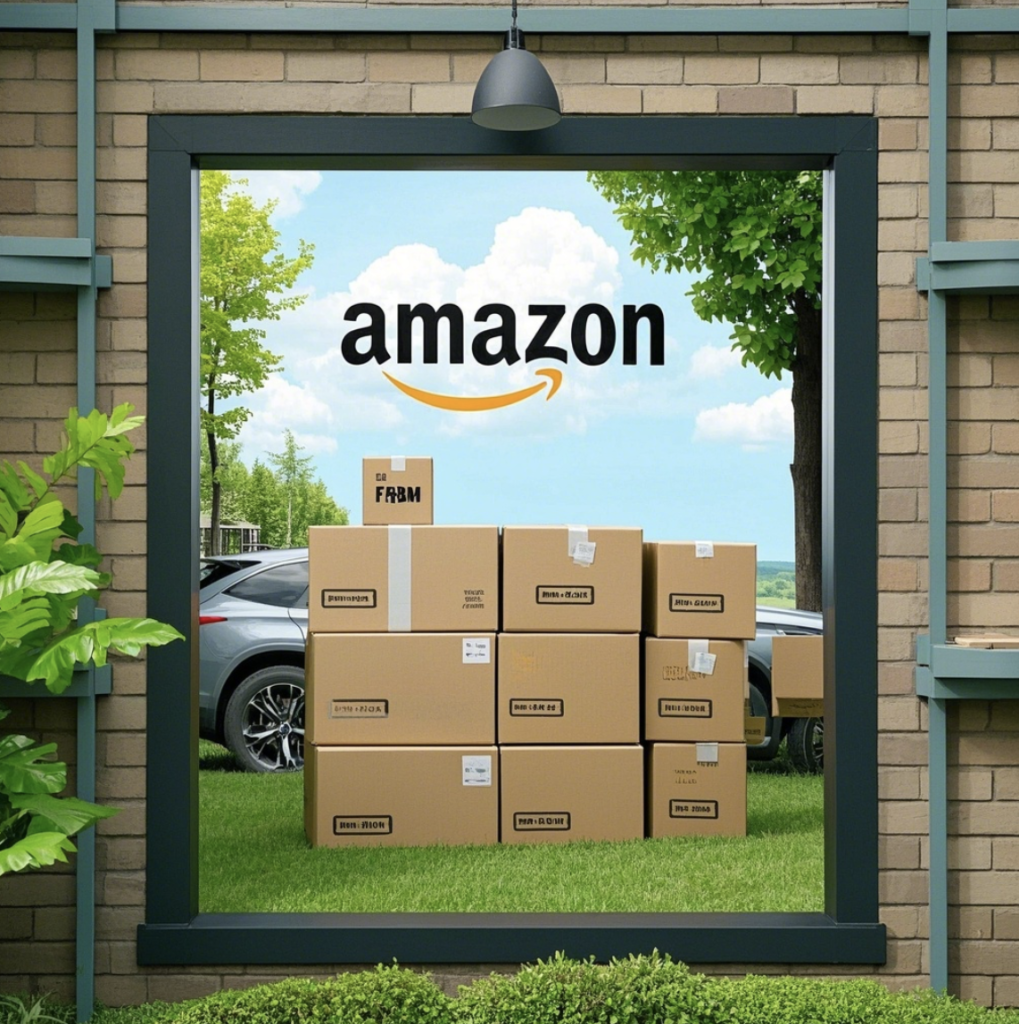Many sellers navigating the complexities of the Amazon marketplace often grapple with two critical areas: fulfillment methods and advertising strategies. Understanding what FBM (Fulfillment by Merchant) is and how to choose the right ad placement for your Amazon products are fundamental decisions that significantly impact your operations, profitability, and overall success. Let’s dive into both aspects to help you make informed choices for your business.

Table of contents:
- What Exactly is Amazon FBM?
- Responsibilities of an Amazon FBM Seller
- Why Choose FBM? Pros and Cons
Advantages of FBM - How to Choose the Right Ad Placement for Your Amazon Products
- Navigating Amazon Ad Placements: Where Your Ads Appear
- How to Choose the Right Ad Placement for Your Amazon Products
Understanding Ad Placement - Tips for FBM and Ad Placement
What Exactly is Amazon FBM?
Amazon FBM, sometimes referred to by Amazon as the Merchant Fulfilled Network (MFN), is a fulfillment method where you, the seller, are directly responsible for the entire fulfillment process after a customer places an order on Amazon. This includes storing your inventory, picking and packing orders, shipping products to customers, and handling customer service inquiries and returns related to fulfillment.
Essentially, you use Amazon as your storefront, but manage the backend logistics yourself or through a third-party logistics (3PL) provider you partner with. As referenced in resources put you firmly in control of your fulfillment operations.
Amazon Seller-Fulfilled Network (FBM/MFN, Fulfillment by Merchant or Merchant Fulfillment Network) is a cross-border logistics model where sellers independently manage the entire order fulfillment process.
Under this model, sellers have two primary fulfillment options:
- Direct shipping from China via international logistics networks to end consumers in target markets;
- Overseas warehouse pre-stocking, where goods are pre-positioned in local storage facilities for faster domestic delivery upon order placement.
Sellers retain full control over inventory management, packaging, shipping, and post-sales services, enabling flexible logistics strategy adjustments to optimize costs and delivery speed. However, this autonomy comes with operational complexities—sellers must ensure logistics quality and compliance with platform policies and consumer expectations.

Responsibilities of an Amazon FBM Seller
Opting for FBM means taking on several key tasks:
- Inventory Storage: You need a place to store your products, whether it’s your own warehouse, office space, or even your garage (especially for smaller operations).
- Packing orders: Preparing items for shipment according to your standards (and Amazon’s guidelines).
- Shipping orders: Arranging and paying for shipping directly to the customer.
- Handling customer service: Managing returns, refunds, and customer inquiries related to the order fulfillment.
Essentially, you list your products on Amazon, but when a sale occurs, the logistics are entirely up to you.
Why Choose FBM? Pros and Cons
Deciding between FBA and FBM isn’t always straightforward. While FBA offers convenience and access to Prime eligibility (a significant selling point), FBM provides distinct advantages that might be better suited for certain business models. Based on my experience, here’s a breakdown:
Advantages of FBM:
- Greater Control: You have complete oversight of your inventory management, packaging (allowing for custom branding inserts), and the overall customer experience.
- Lower Fees: You avoid FBA storage fees (especially beneficial for slow-moving or oversized items) and fulfillment fees, though you incur your own storage and shipping costs. This can be advantageous for products with lower profit margins.
- Customer Interaction: Handling customer service directly allows you to build relationships and gather firsthand feedback.
- Multi-Channel Fulfillment: Managing your own inventory makes it simpler to sell across multiple platforms beyond Amazon.
Flexibility: Less reliance on Amazon’s policy changes regarding inventory levels, storage limits, or fee structures.
Disadvantages of FBM:
- Time and Resource Intensive: Managing storage, packing, shipping, and customer service requires significant time, effort, and potentially staff.
- Shipping Costs & Complexity: You bear the shipping costs, which can be variable and potentially higher than FBA’s negotiated rates. Meeting Amazon’s strict shipping performance metrics is crucial.
- No Automatic Prime Eligibility: FBM products typically don’t qualify for the Prime badge, which can impact visibility and conversion rates. (Note: Seller Fulfilled Prime exists but has stringent requirements and limited enrollment).
- Customer Service Burden: You are solely responsible for handling all customer inquiries, returns, and potential issues, which demands resources and expertise.
Choosing FBM often makes sense for sellers with established logistics, unique products (like handmade or customizable items), low-volume sales, or items not well-suited for FBA (e.g., very large, heavy, or requiring special handling).

Navigating Amazon Ad Placements: Where Your Ads Appear
Once your products are listed (whether FBM or FBA), driving traffic requires a solid advertising strategy. A key component of this is understanding and utilizing Amazon Ad Placements. These are the specific locations within Amazon’s website and app (and sometimes off-Amazon) where your sponsored ads can appear. Choosing the right placement is crucial for reaching your target audience effectively and optimizing your return on ad spend (ROAS).
Amazon offers several ad types, primarily:
- Sponsored Products: Ads for individual product listings, appearing in search results and on product detail pages.
- Sponsored Brands: Ads featuring your brand logo, a custom headline, and multiple products, typically appearing prominently in search results.
- Sponsored Display: Ads that can appear both on and off Amazon, targeting shoppers based on interests or engagement with specific products.
How to Choose the Right Ad Placement for Your Amazon Products
Selecting the optimal ad placement isn’t a one-size-fits-all approach. It requires understanding the different options and aligning them with your specific goals, budget, and product strategy.
Understanding Ad Placement:
Top of Search Results (First Page): This is prime real estate, offering high visibility for shoppers actively searching for relevant keywords. It’s typically associated with Sponsored Products and Sponsored Brands.
- Pros: Maximum visibility, captures high-intent shoppers.
- Cons: Highly competitive, often requires higher bids (higher Cost-Per-Click, CPC).
- Best For: Product launches, high-priority keywords, brand awareness, driving immediate sales.
Rest of Search Results:Placements appearing further down the search results pages or on subsequent pages. Primarily for Sponsored Products.
- Pros: Still captures active searchers, potentially lower CPC than top of search.
- Cons: Lower visibility than the top spots.
- Best For: Broader keyword targeting, budget-conscious campaigns, maintaining presence.
Product Detail Pages: Ads appearing on the product pages of other items. Primarily for Sponsored Products and Sponsored Display.
- Pros: Targets shoppers actively considering similar or complementary products, good for up-selling or cross-selling.
- Cons: Shopper intent might be focused on the primary product on the page.
- Best For: Targeting competitor products, suggesting complementary items, defending your own product pages.
Tips for FBM and Ad Placement
- Maintain Seller Metrics: For FBM sellers, meeting Amazon’s standards for on-time shipping, valid tracking, and low order defect rates is non-negotiable. Poor metrics can lead to account suspension, nullifying any advertising efforts.
- Optimize Product Listings: Your ads drive traffic, but your listing secures the sale. Ensure high-quality images, compelling copy, and relevant keywords.
- Monitor Placement Performance: Don’t just set and forget. Continuously analyze ACoS, conversion rates, and impressions for each placement to refine your strategy. Amazon’s advertising console provides tools for this.
- Consider a Hybrid Approach: Many successful sellers use a mix of FBA and FBM, leveraging the strengths of each for different products in their catalog.

Understanding what FBM is allows you to make informed decisions about your fulfillment strategy, balancing control and cost against convenience and Prime eligibility. Simultaneously, mastering how to choose the right ad placement for your Amazon products is essential for ensuring those products get seen by the right shoppers at the right time. By carefully considering your business needs, product characteristics, and campaign goals, you can leverage both FBM and strategic ad placements to carve out your path to success on Amazon.
Don’t be afraid to experiment, analyze your data diligently, and adapt your approach. Success on Amazon often comes from informed decisions and continuous optimization. Good luck!




